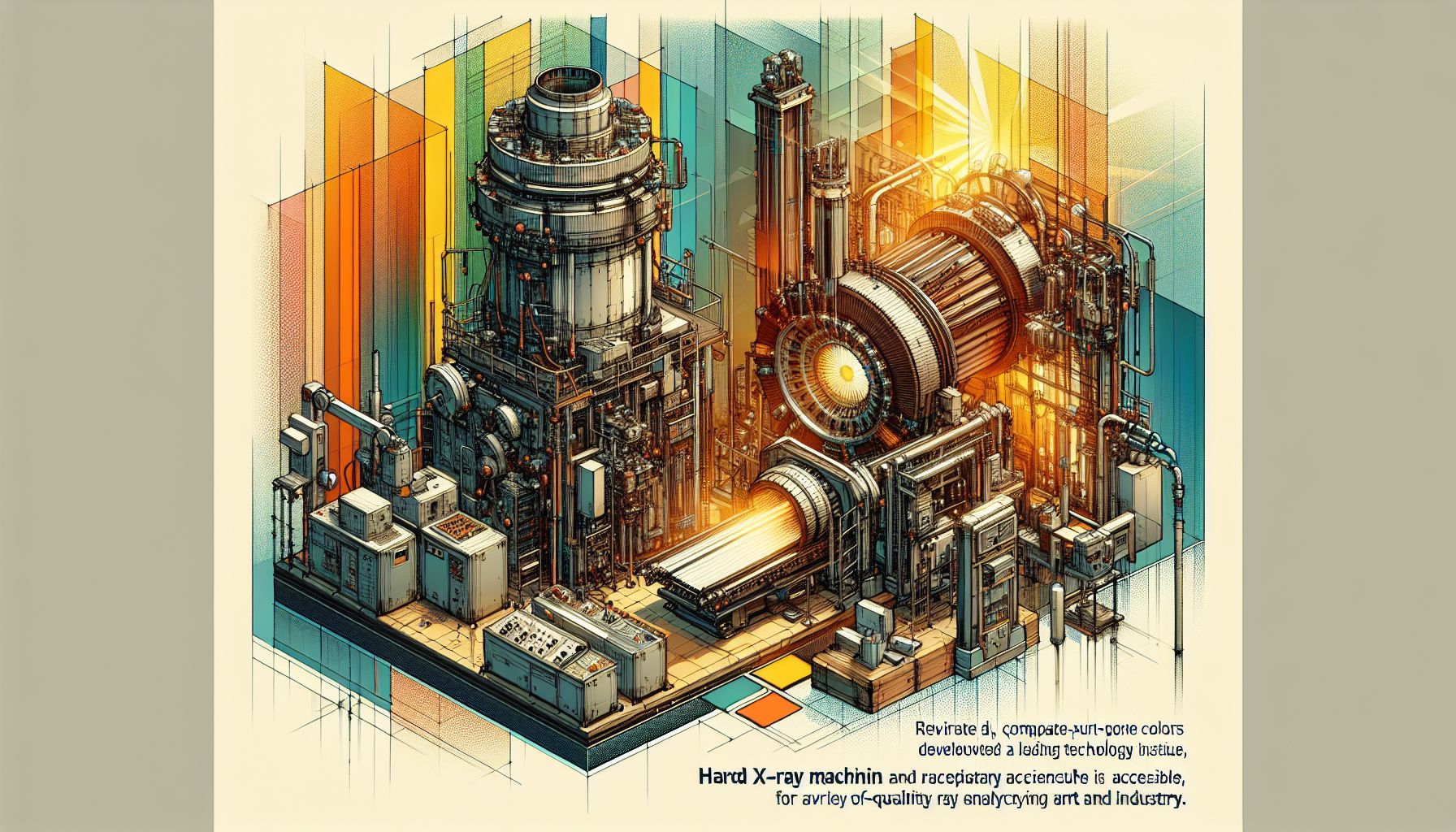TU Eindhoven's Breakthrough in Compact X-Ray Technology

Eindhoven, Friday, 17 January 2025.
TU Eindhoven has developed a compact, efficient hard X-ray machine, vastly improving imaging for art and industrial applications, making high-quality X-ray analysis more accessible.
Revolutionary Development at TU/e
Under the leadership of Professor Jom Luiten and Peter Mutsaers at TU Eindhoven (TU/e), researchers have achieved a significant breakthrough in X-ray technology. The team successfully developed a compact hard X-ray machine, first operational in September 2024 [1]. This innovative device, measuring just 1.5 by 3 meters, represents a dramatic reduction in size compared to traditional facilities [1]. The machine’s electrons achieve remarkable speeds of 99.995% of the speed of light [1], enabling the generation of high-quality, adjustable hard X-rays.
Enhanced Accessibility and Applications
This development marks a significant departure from current technology, which primarily relies on large, expensive synchrotrons like the ESRF in Grenoble [1]. The compact nature of the new device makes advanced X-ray technology more accessible for various applications. Art historian Joris Dik emphasizes that ‘X-rays make it possible to look beneath the surface of paintings or other art-historical or archaeological objects’ [1]. Beyond art analysis, the machine shows promise for examining silicon wafers and conducting medical research, including studies on atherosclerosis and COVID-related lung tissue damage [1].
Project Journey and Future Prospects
The project, initiated in 2018 with funding from Interreg Flanders-Netherlands and government contributions [1], faced several challenges, including COVID-19-related delays that extended the timeline by three years [1]. Located in the Qubit lab at TU/e, the prototype incorporates essential safety features including lead bulkheads and concrete walls [1]. Looking ahead, the team plans to collaborate with partners from TU Delft, Antwerp, and Ghent to refine the technology and improve detection analysis [1].

